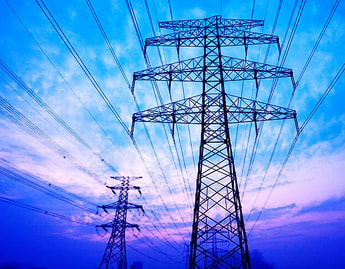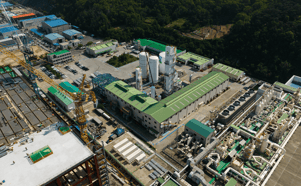Industrial gases and carbon compliance: Emissions and efficiency in focus
When the United Nations Framework Convention on Climate Change (UNFCCC) was created in 1992, it perhaps began a journey of carbon compliance that is an ever-pertinent point over 20 years later.
Only a framework to create awareness and build knowledge to mitigate the increasingly recognised issue of climate change, the UNFCCC set no binding limits on greenhouse gas (GHG) emissions for individual countries – nor did it comprise any enforcement mechanisms. What it did do, however, was lay the foundations for the Kyoto Protocol of five years later (1997), an agreement adopted by more than 170 countries and introducing both legally binding targets and the mechanisms to achieve them.
The original Protocol set targets for 37 industrialised countries to limit or reduce overall GHG emissions by at least 5% below 1990 levels during the period 2008-2012. At the heart of these targets and the intentions of the UNFCCC before them, was the same basic principles that are of arguably even greater significance today: the proliferation of energy consumption via fossil fuels releases carbon and other GHGs into the Earth’s atmosphere. If climate change is to be reduced or mitigated altogether, these emissions need to be reduced accordingly.
... to continue reading you must be subscribed
























